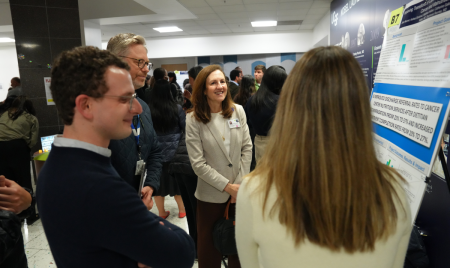The Challenges and Rewards of Chief Residency
Chief residents and chief fellows serve as vital links between program leadership and trainees. In some training programs, becoming a chief resident is a built-in step, while in others, it requires applying or being selected based on demonstrated skills and interests. Some choose to stay an additional year for the role. Chiefs may work independently or with a cohort, but the common thread is that their responsibilities are significant, often extending beyond their clinical duties. Although much of their work goes unseen, the personal and professional benefits make it a rewarding experience.
A Unique Perspective
For those pursuing academic medicine, being a chief resident offers a glimpse into leadership.
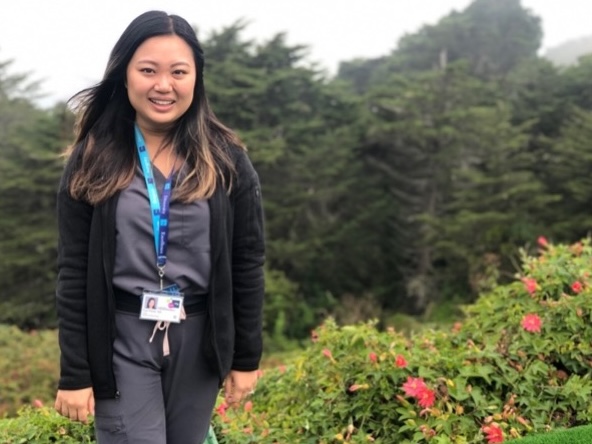
Dr. Aye Khine, having served as a chief resident in her program at UCSF Fresno, is now a chief fellow in UCSF’s endocrinology program. She takes in feedback from other trainees and faculty and organizes events, like dinners, for fellows to connect and learn. And she considers what she’s learning invaluable. “I’d like to remain involved in academic medicine,” Dr. Khine explains, “so this role has been a great opportunity to see the nuts and bolts of program operations, and understand more about myself.”
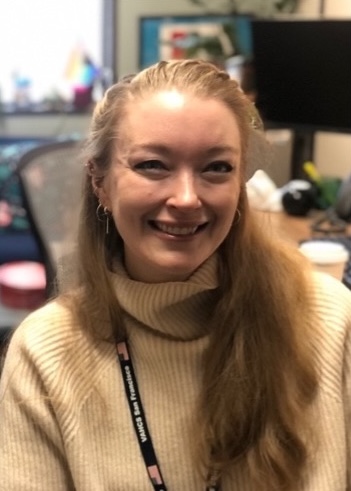
Similarly, internal medicine quality improvement chief, Dr. Diana Funk, appreciates the insights gained from her position between residents and program leadership. “I want to work as a hospitalist, so my motivation to stay an extra year as a chief resident was to learn more about healthcare systems and what happens behind the scenes,” she said. Chiefs are uniquely positioned to both hear and offer perspectives from both sides – trainees and leadership – allowing them to mediate communication and contribute to smooth transitions during program changes.
Streamlining Care and Building Connections
Chief residents at UCSF are using their roles to shape both their training and future practice. By tackling projects aligned with their interests, they are making a tangible impact on patient care and medical education.
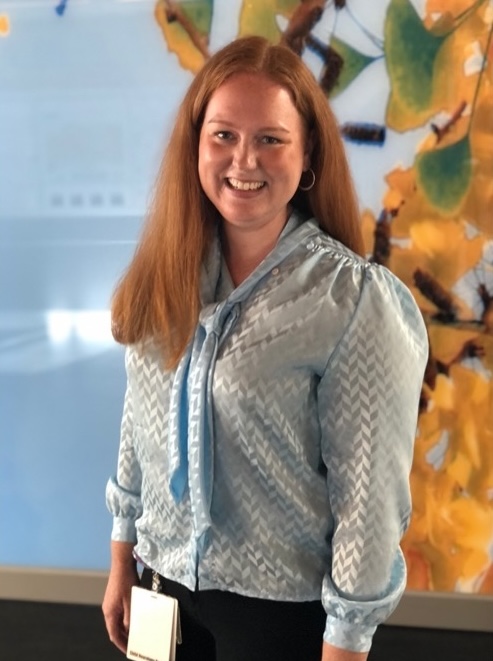
Dr. Melinda Schneider, a pediatric neurology chief resident, is improving patient care at Zuckerberg San Francisco General Hospital (ZSFG) by addressing challenges in genetic testing and promoting trauma-informed care.
“We serve an underserved population in a low-resourced setting,” she explains. “Ordering tests and making referrals can be difficult. By embedding commonly ordered genetic tests directly into our clinic, we reduce barriers for patients and improve follow-up care.”
Dr. Schneider also prioritizes holistic care by teaching trauma-informed approaches. “I’m preparing a presentation on motivational interviewing for neurologists. Substance use often contributes to cases we see, like strokes, and these are critical moments to engage patients in health behavior discussions.”
Reflecting on her chief year, she adds, “One of my favorite aspects of being chief is diving into my passions and having the chance to share them with others.”
Promoting Equity and Education
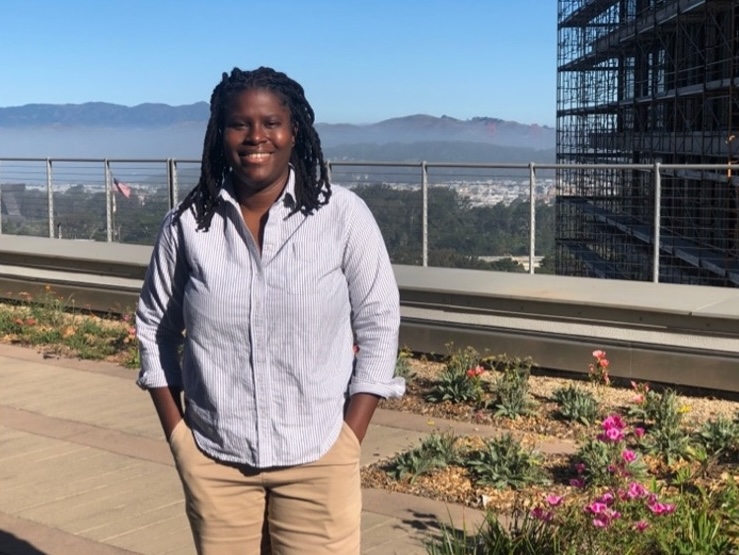
As a fourth-year resident in radiation oncology, Dr. Petria Thompson integrates health equity into UCSF’s educational programming.
“I’ve invited experts to speak on topics like cancer disparities and LGBTQ health,” she shares. “It’s rewarding to bring these perspectives into the curriculum.”
Beyond education, her work as a radiation oncologist allows her to connect deeply with patients. “We meet people at their most vulnerable moments. Spending time addressing their concerns and preparing them for what’s next is incredibly meaningful.”
Because of the depth of involvement in this role, Dr. Thompson also champions work-life balance. “I encourage residents to schedule weekly breaks—whether it’s yoga or a massage. Taking care of ourselves keeps us at our best, so we can offer the best care to others.”
Fostering Team Bonding
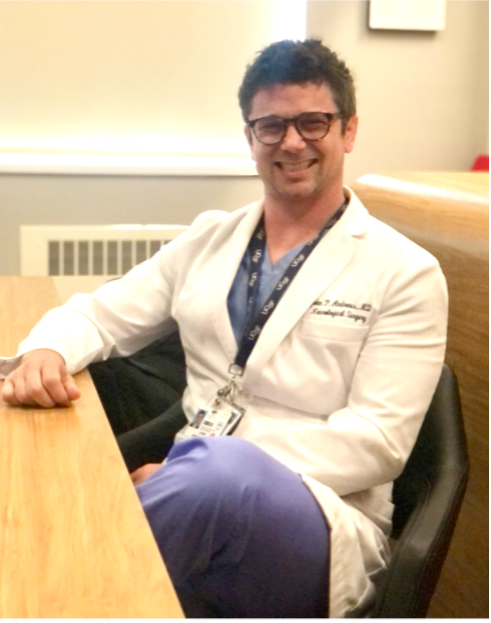
Neurosurgery chief Dr. John Andrews emphasizes camaraderie among trainees. “With just three residents per year, it’s essential to build strong connections. No one else will fully understand the challenges and triumphs of this journey.”
To nurture these bonds, chiefs lead Thursday surgeries while other residents attend learning sessions. “We also focus on thoughtful, case-based teaching,” he says. “Good communication—especially when giving feedback—is the most valuable skill we develop as chiefs.”
Cultivating a Supportive Culture
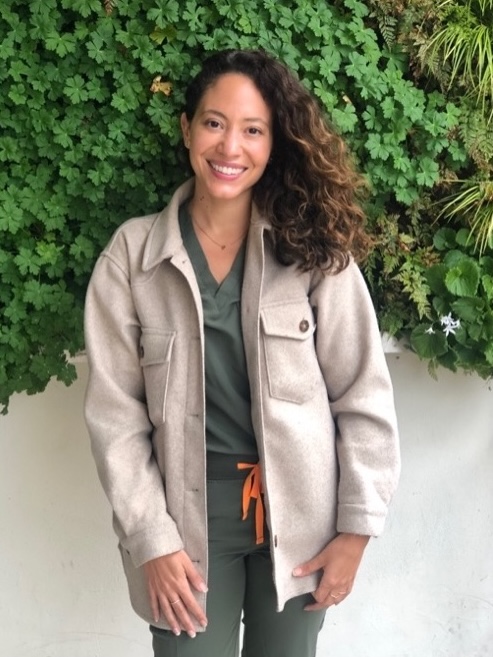
In dermatology, Dr. Elsy Compres and her co-chiefs created a “social contract” on orientation day, prominently displayed in their office. The guiding principle? “Assume positive intent.”
“When you feel overlooked or frustrated, it’s most often unintentional,” she says. “We’re all human and juggling a lot.”
Dr. Compres brings her friendly energy to the role along with her experience, aiming to make the workplace enjoyable. “We spend so much time at work. Creating a supportive, fun environment helps everyone thrive.”
Giving Back and Paying It Forward
Across specialties, UCSF chiefs value their leadership roles.
“It’s a chance to give back to the program that nurtured you,” says Dr. Khine.
Dr. Funk adds, “Being chief is an incredible opportunity to develop leadership skills and deepen relationships with the amazing people at UCSF. I’d absolutely do it again.”
Chief residents at UCSF exemplify leadership through action, creating lasting impacts on their programs, patients, and colleagues.
